Wiring subwoofers — what's all this about ohms?
How wiring affects your sub's output
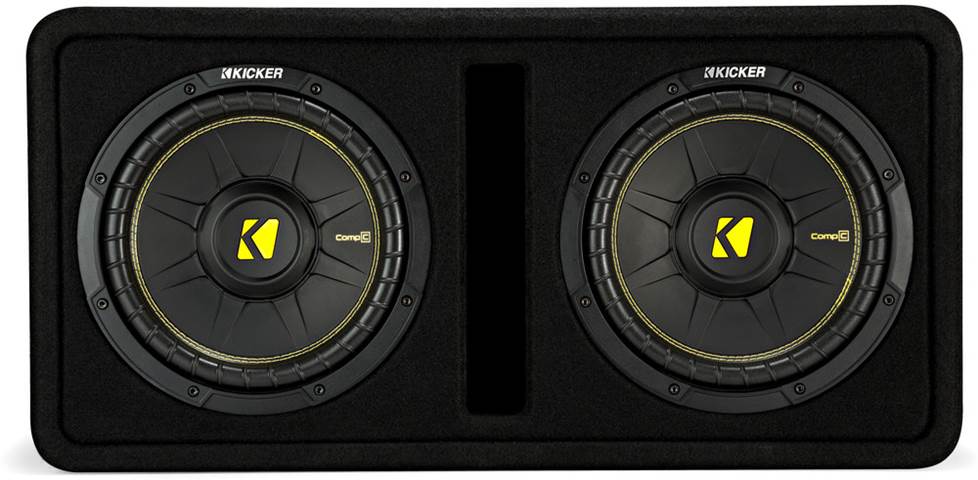
Confusion concerning watts, amps, and ohms has been around for as long as people have been putting subwoofers in cars. Watts and ohms are entangled in a series of mathematical formulas that link them intimately together such that when one of them undergoes a change in value, the other often does too.
Briefly, here's how subwoofer impedance works
- Amplifiers provide the electrical pressure in a circuit.
- Ohms measure the resistance, or load, against that pressure.
- Watts measure how much power is released as work.
So, using one of those math formulas, an amplifier that provides 100 watts of power through a 4-ohm speaker, will produce 200 watts through a 2-ohm speaker, because it's easier to push that reduced load.
Voice coil makes sound — amplifier pushes it
At the heart of every speaker and sub is a voice coil. This is the device that puts up the electrical resistance and performs the work. (The amplifier provides the power.) The resisting property of a coil is called its impedance and is measured in ohms. The lower a speaker's impedance, the easier it is for an amp to supply power to it. Problems arise when the amp's output meets very little resistance (low impedance) and it tries to put out more power than it was designed to produce. This leads to the amplifier overheating and then, hopefully, shutting down to protect itself from burning up.
You don't want the amp to over-do it
So the capability of an amplifier has to be considered before applying a load to it (hooking up a speaker). The manufacturer's specifications indicate an amp's minimum impedance requirements. Almost all amps can drive a 4-ohm load. Most amps can work with 2-ohm loads on each channel, but not when the channels are bridged together. Some amps can drive a load as low as one ohm.
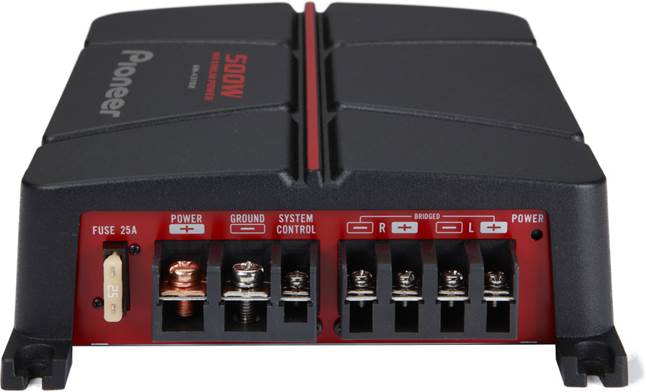
The two channels of this Pioneer GM-A3702 amp can be bridged by wiring the subas indicated
Wiring options change a sub's impedance
To add to the confusion, in multiple-sub systems, the total impedance depends on how the subs and their voice coils are wired together — in parallel or in series. Parallel wiring means that the connection ends of each device are connected to the same things — plus to plus, and minus to minus. Series wiring means that the devices are wired one after the other — a plus of one to a minus of another.
When speakers or voice coils are wired in series, you add their impedances together to find their total impedance. Two 4-ohm speakers wired in series have a total impedance of 8 ohms. When speakers or coils are wired in parallel, however, the formula for their total impedance is more complicated. When the impedances of all the devices are the same, their total impedance, when wired in parallel, is that impedance value divided by the number of devices. For example: four 4-ohm speakers wired in parallel have a total impedance of 1 ohm.
Subwoofer wiring video
For more information about subwoofer wiring, watch this video. One of our senior tech support staff explains how to wire subwoofers in parallel or series, and how that affects the amplifier's impedance load.
Dual Voice Coils give you even more wiring options
Subwoofer manufacturers make subs with dual voice coils (DVC) to take advantage of this difference in wiring schemes, so the user has more freedom of system design. A DVC 4-ohm sub can be wired into a system as a 2-ohm or as an 8-ohm load. A DVC 2-ohm sub can have a total impedance of 1 ohm or 4 ohms.
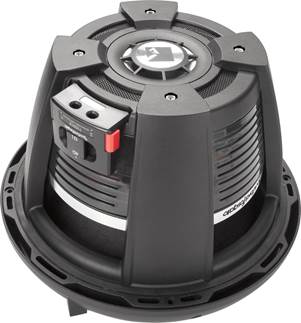
This Rockford Fosgate DVC 2-ohm sub has a built-in jumper so you can choose whether it has a 1-ohm or a 4-ohm total impedance
An example using 4 subs:
If I wanted 4 subs in a system, I might consider using 4 DVC 2-ohm subs, each with their voice coils wired in parallel to make them each 1 ohm subs, and then wire the 4 of them in series so my amplifier could drive them as a single 4-ohm load. Or, I could wire the voice coils in series, making them all 4-ohm subs, and then wire the subs in parallel so the amp would see the total load as one ohm. It would depend on my particular amplifier — which load it would do the best with.
Match power to power — use RMS only
To make subwoofers sound their best, they should be powered by an amp whose RMS output rating comes close to or even slightly exceeds the total of all the subs' top RMS ratings. If you want to run three subs whose RMS ratings are 300 watts each, you'll need about 900 watts RMS of power to run them.
Underpowered subs won't sound good or play very loud. Then, if you were to turn up the input to compensate, the amp could end up sending out clipped or distorted signals that could damage the subs. It's okay to overpower your subs a little bit, as long as the signal's distortion-free, because they're made to withstand occasional peaks well beyond their normal RMS rating.
What's right for you?
The sub and amp you need depends on what you want to hear. If you plan on listening to music at moderate volume levels or have a smaller car, a subwoofer with a lower power handling rating, say 100 to 250 watts, and a matching amp is a good combo.
The ultimate goal is to have the amp send its full power to subs that can handle it. The object of using different wiring options to optimize the impedance is to get the most power out of the particular amp and subs you have at hand. For more wiring specifics, check out our subwoofer wiring diagrams.
If you want to get right into choosing a subwoofer, take a look at our top-rated and best-selling subs. If you have any questions about choosing the right gear, contact our advisors by phone or chat. They'll be glad to help!
Comments (479)
Please share your thoughts below.




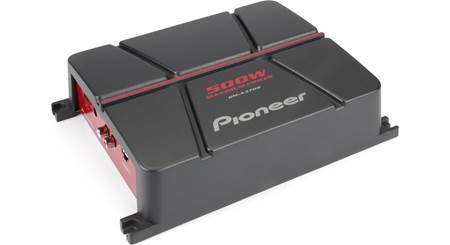
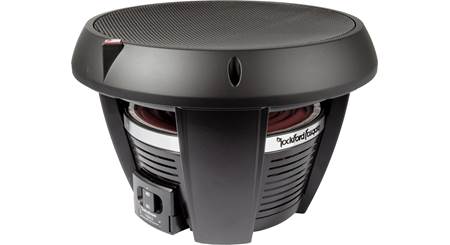
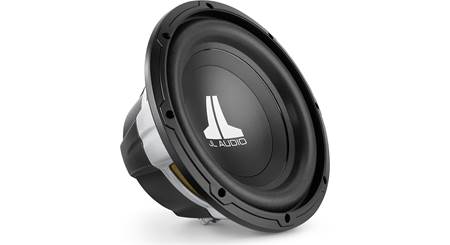
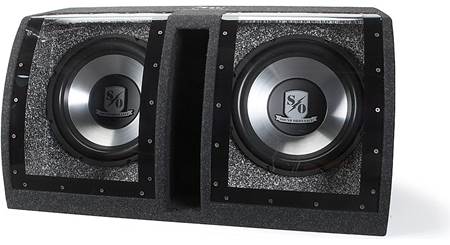
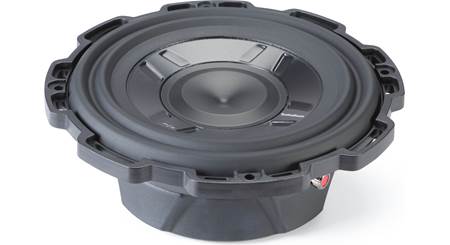
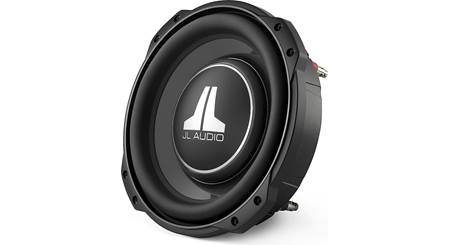
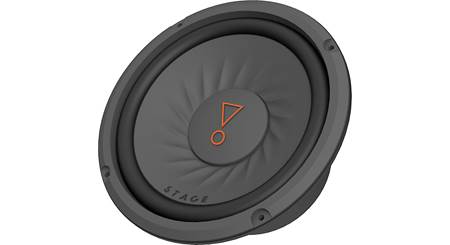
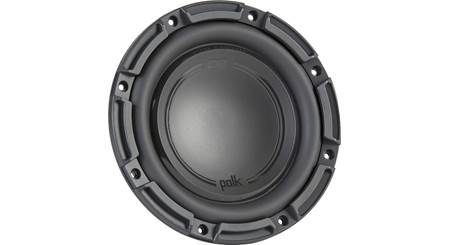
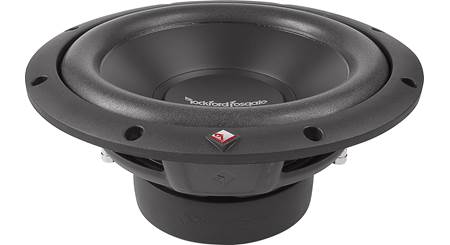
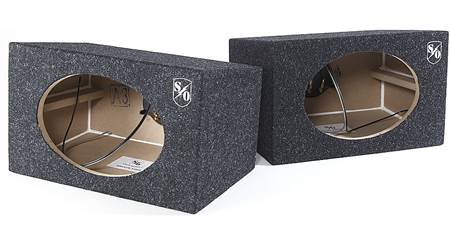
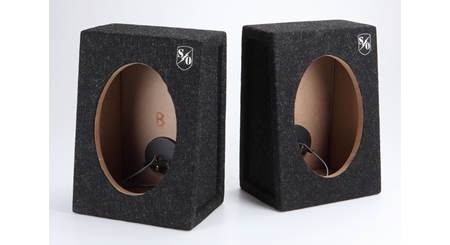
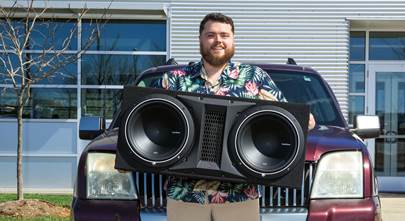

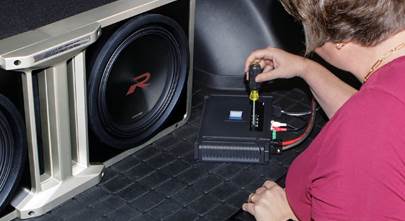


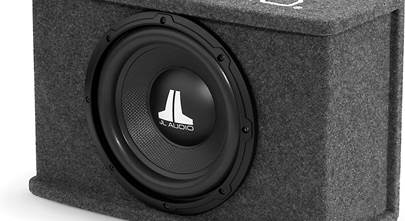
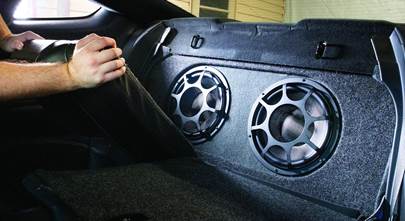
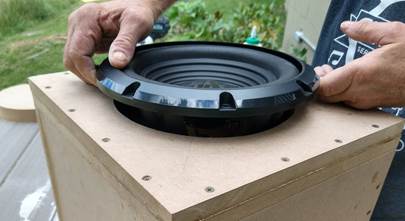
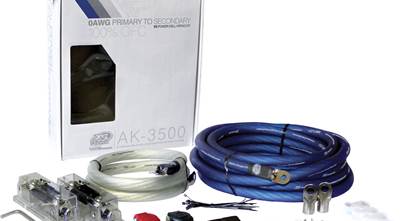

Marcus S from brush
Posted on 11/16/2023
I have the Fusion ap 82400 running 6 Fusion sig. 3 6.5's, and a Fusion AP12000 monoblock to power 2 Fusion sig. 3 12's (SVC 4ohm) Would the correct way to wire the subs be?.parallel which would make the ohm load for the subs being 2 ohm. Or would it be better to wire the subs in series? If I'm understanding all of this correctly? In parallel the amp would put out 1100 w rms, would that be divided between both subs? 550w rms each?Any guidance is appreciated! None of the literature with the amp or subs says anything about running both 12's on the ap12000. thanks!
Buck Pomerantz from Crutchfield
on 11/16/2023
Dawson
Posted on 5/1/2023
So the cone in my car's sub cracked, and I'm looking to replace it. I've looked on this website, and it gave me a list of "compatible" subs, but I'm not completely sure. The OEM sub was a 2O 8", but I don't know what the RMS was, and I can't find anything online about the specs of the amp in the car. I'm not really looking to do a full overhaul of the sound system, but I don't really know how to find a speaker that will 100% work with the OEM stuff. This confusion is mainly caused by the fact that I don't know much about audio stuff, and the fact that the list of compatible subs has different ohm values than the stock sub.
Buck Pomerantz from Crutchfield
on 5/1/2023
Raymond from Austin
Posted on 4/25/2023
I have a 6 channel amp (4 ohms: 100 watts x 6 chan. or 2 ohms: 150 watts x 6 chan.) and 4 - Kicker 4ohm Wakeboard speakers + a 4 ohm kicker marine subwoofer. I have tried to wire the subwoofer bridged to channel 5 & 6 but it completely made all the speakers not loud at all. Almost like not working. But if I wire the subwoofer to channel 5 and leave 6 empty - things work but the subwoofer bass only hits on certain songs. Is this a power issue? Ohms issue? I The amp is NVX MVPA6 The Speakers are Kicker 45KMTC8 The subwoofer is Kicker 46CWTB84
Buck Pomerantz from Crutchfield
on 4/25/2023
Jacob H
Posted on 3/16/2023
I have a 2015 Ford F350SD with the Sony OEM Premium system. I was checking to see if the SKAR VD--8 D4 (4ohm) 8" Subwoofer is compatible with the proper ohm and wiring harnesses? For now I am only upgrading two door panel speakers, Door Tweeters, and the Sub I mentioned. Will it work? Or will is the SONY a 2ohm system?
Buck Pomerantz from Crutchfield
on 3/17/2023
Keith Thompson from BELLAIRE
Posted on 2/2/2023
I have a Harman Kardon sub amp in my 2001 bmw z3. Trying to connect a kicker cwrt67 4 ohm dvc subwoofer. What is the correct way to connect the 4 wires coming from the amp?
Buck Pomerantz from Crutchfield
on 2/3/2023
Casey McClinton from Lakewood
Posted on 1/27/2023
I have two 2 ohm DVC subs. I've been running them as two 4 ohms in parallel for 2 ohms to the amp. I can also run them as two 1 ohms in series for two ohms. Will it make a difference in sound considering some of parameters might change?
Buck Pomerantz from Crutchfield
on 1/27/2023
jessie gerdes from Beverly Hills
Posted on 1/14/2023
if i wire 2 2ohm dual voice coil to 4 ohm in 2 terminals will my jbl a600 mono pareral them back to 2ohm automatically? its built into the amp so i believe the answer would be yes the are skar ix 12s 250 rms 500 watts
Buck Pomerantz from Crutchfield
on 1/14/2023
Jacob Hall from Conroe
Posted on 12/19/2022
I have two jl tw3 10 4ohm in a to spec ported box and have a p500x1bd amp what is the best wiring configuration? Thanks
Buck Pomerantz from Crutchfield
on 12/21/2022
Chris from Penticton
Posted on 12/4/2022
How do I wire two 10" Sony xplodes 1100 watts to a Rockford m1200 1d?? I'm trying to run it at 2ohm.
Buck Pomerantz from Crutchfield
on 12/5/2022
Aj from Tallassee
Posted on 9/17/2022
I have a star audio ZVX 12 d2 with a star audio rp.2000 watt amplifier whats the best way to wire this combo
Buck Pomerantz from Crutchfield
on 9/17/2022